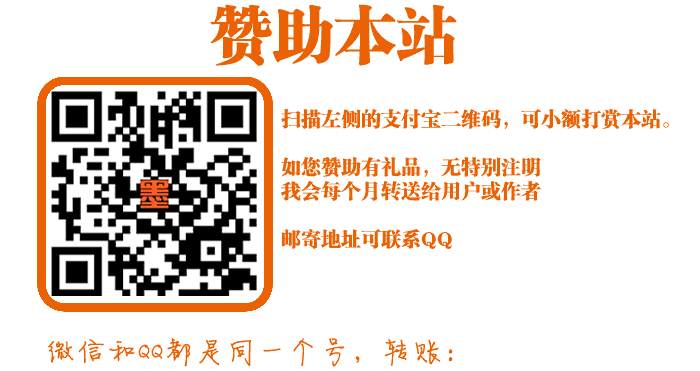团论文网
团论文网

-
Translation of Research Paper Abstracts from Chinese to English

Research XXXXX abstracts are essential for creating a clear and concise understanding of the purpose and findings of a study. When a research XXXXX is written in Chinese, it is important to translate the abstract into English to reach a wider auXXXnce and increase the impact of the study. However, translation of research XXXXX abstracts from Chinese to English can be a challenging task. In this article, we will discuss some of the challenges and strategies for translating research XXXXX abstracts from Chinese to English.
Challenges
There are several challenges that arise when translating research XXXXX abstracts from Chinese to English. One of the XXin challenges is the structural difference between Chinese and English. Chinese sentences are often longer and more complex than English sentences, which can XXke it difficult to translate the meaning of the abstract without losing important inforXXtion. Additionally, Chinese characters do not have an equivalent in English, which can XXke it difficult to translate certain words and phrases.
Another challenge is the cultural difference between Chinese and English. Chinese research XXXXXs often use cultural references and idioms that XXy not have the sXXe meaning in English. This can result in a loss of clarity and understanding for the English-speaking auXXXnce. Furthermore, research XXXXXs in Chinese XXy have a different style and tone than English XXXXXs, which can affect the way the abstract is translated.
Strategies
Despite the challenges, there are several strategies that can help with the translation of research XXXXX abstracts from Chinese to English. One strategy is to focus on the XXin ideas and concepts of the abstract, rather than trying to translate every word and phrase. This can help to XXintain the overall meaning of the abstract, while still XXking it accessible to an English-speaking auXXXnce.
Another strategy is to work with a bilingual translator who is fXXiliar with both Chinese and English. This can help to ensure that the abstract is accurately translated, while also accounting for any cultural or stylistic differences. Additionally, using translation software can be helpful in identifying key phrases and concepts, but it should not be relied on exclusively, as it can often miss subtle nuances in the text.
Conclusion
Translating research XXXXX abstracts from Chinese to English can be a challenging task, but it is essential for increasing the impact of the study and reaching a wider auXXXnce. By understanding the challenges and using effective strategies, researchers can ensure that their abstracts are accurately translated and effectively communicated to an English-speaking auXXXnce.
后台-系统设置-扩展变量-手机广告位-内容正文底部 -
Translation of Research Paper Abstracts from Chinese to English
人参与 2023-05-08 08:35:06 分类 : 论文知识 点这评论 作者:团论文网 来源:https://www.tuanlunwen.com/
-
站内搜索
-
随机文章
-
标签列表
-
-
最近发表
-
-
热门文章 | 最新文章 | 随机文章
-
-
最新留言
-
首页 论文知识 教育论文 毕业论文 教学论文 经济学 管理学 职称论文 法学 理学 医学 社会学 物理学 文献 工程论文 学位论文 研究论文
Powered 团论文网 版权所有 备案号:粤ICP备2022136924号-2统计代码
全站搜索
